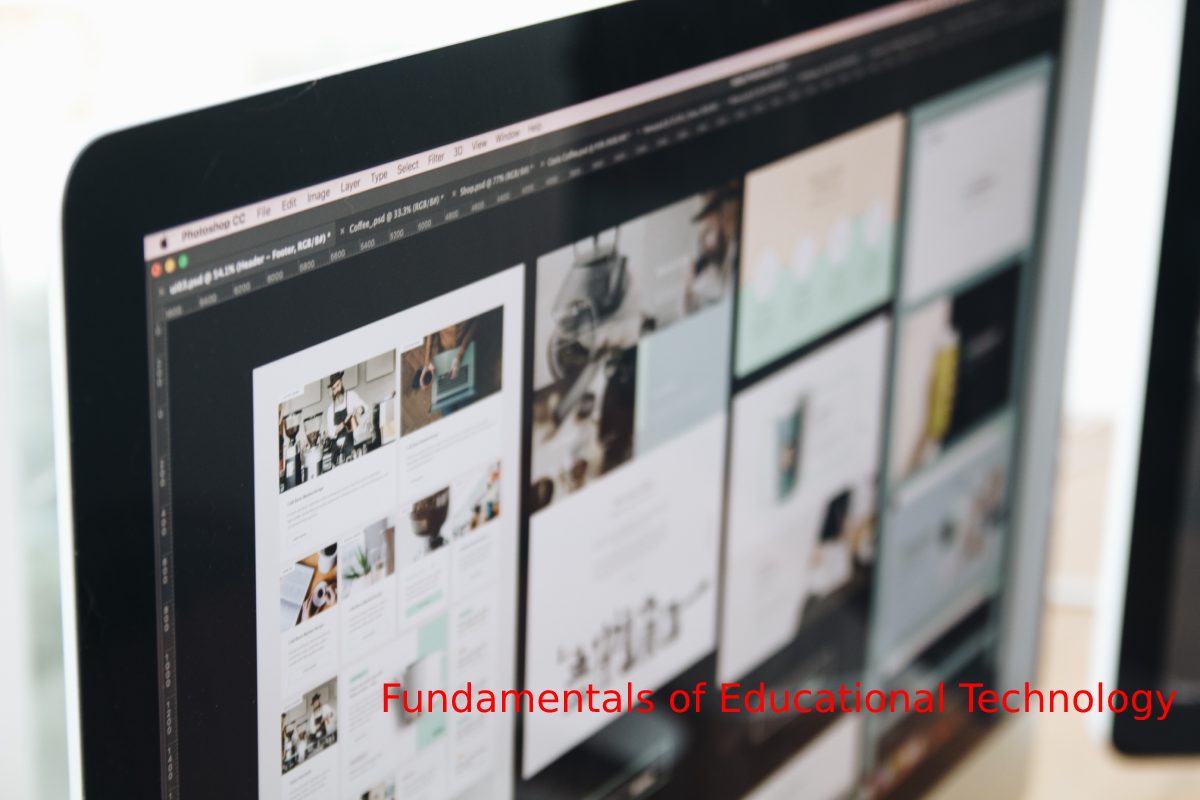The concept of Fundamentals of Educational Technology loses prominence to focus on student learning, favoring the possibility of achieving significant knowledge that can be grounded in their personal and professional life.
The appearance and use of new Information and Communication Technologies have generated changes in the ways of being and acting, at an individual and social level, in the personal and professional sphere.
Fundamentals of Educational Technology found that the opportunities for ICT permanence and evolution lie in the possibility of favoring the accelerated progress of the 21st century in different contexts: political, social, cultural, and educational.
Information and Communication Technologies (ICT) have evolved within the classroom. Previously in schools, they were limited to a few hours per week. The different ICT tools and the media they deal with are fundamental to social development, and their implementation favors the teaching-learning process.
Table of Contents
Introduction
A few years ago, it was uncommon to talk about information and communication technologies, especially the development and impact they would reach. Over time, modern languages have included their use, and their presence is highly palpable in different spheres of life. Therefore, Fundamentals of Educational Technology is essential to refer in this study to its conceptualization.
Information and communication technologies are a set of advanced developments that integrate data storage, processing, and transmission functionalities; they are products derive from the new tools (software and hardware), also information supports, and communication channels related to the digitize storage and message information. (Wikipedia, 2009).
What are the Characteristics of Icts?
- They are innovative and original, giving entry to new forms of communication.
- They are consider public and political debate topics since their use implies a promising future.
- It is more frequently related to the Internet and computers.
- It affects numerous areas of the human sciences, such as sociology, organization theory, and management.
- In Latin America, countries such as Argentina and Mexico stand out with their use in universities and institutions, and in Europe: Spain and France.
- They are an excellent long-term economic relief. Although at the time of acquisition, it is a substantial investment.
Educational Technology

At present, Information and Communication Technologies play a predominant role day by day. They mark a context in the cultural, social, sports, entertainment, and informative fields.
However, Education has revolutionized concepts of student and teacher, who have changed to student and advisor and have consolidated and put into practice concepts such as Collaborative Work.
Educational Technology is silent as the scientific approach based on systems theory provides the educator with planning and development tools. Technology seeks to improve teaching and learning processes by achieving educational objectives and seeking the effectiveness and meaning of learning.
Educational technology can be considered an integrating, living, polysemic, contradictory, and significant discipline of Education.
Among the benefits of the use of ICT in Education, the tools stand out. Still, they also influence the three types of knowledge that the new constructivist model of Education handles: knowing how to be, knowing how to know, and knowing how to do. Also, they favor greater autonomy in the quality of the knowledge acquired by the students through the development of collaborative works that, with the help and mediation of the advisor. Improve the thinking capacity of the students, allowing them to carry out analyzes and critical reflections.
Many tools can be used as advisors using ICT: the digital whiteboard, the document reader, blogs, wikis, teachers’ websites, the Web quest, chats, and videoconferences, to mention a few which carry out training work interactively most of the time.
Technological Educational Platforms
One aspect that makes it tangible is the various computer pieces called technological educational platforms. The platforms have different objectives, such as managing content, but they also imply creating it. Using them seeks to find methods to make feasible the knowledge currently mediated by Technological means from the point of view of the heuristic method.
With the dizzy advance in science, technology, and society, Education must have a fundamental pillar for its correct development, which is technology. Also technology greatly helps students of all school levels since it facilitates tasks and improves their learning. Educational communities must have virtual spaces that sustainably run ICT.
That The ET Instruction Model Consists Of Five Essential Elements:
- Objectives.
- Strategies.
- Didactic materials.
- Evaluation.
Theories That Support Educational Technology
Like other fields of knowledge, Educational Technology has multiple, diversified bases since it also receives contributions from various sciences and disciplines. It seeks any support that contributes to achieving its goals. According to Educational Technology, “several scientific currents have inserted from physics and engineering to psychology and pedagogy, without forgetting the communication theory.
The Evaluation
The evaluation is a determining function in distance education. It also leaves the control plane to become a development factor. The evaluation function must consider a means, as the explanations, activities, and motivations.
Conclusion
The implementation of ICT in educational strategies and tools has its characteristics. A person who wants to start this experience might not be familiar, leading them not to complete their experience. It is also a desirable beginning experience. Also the student begins adequately along this path, providing information, elements of analysis. Construction of knowledge of both the institution. Also the project they will enroll in, of the modality’s peculiarities and course of its limits and capacities. However, in such a way that when joining a project that contemplates the implementation of ICT.
